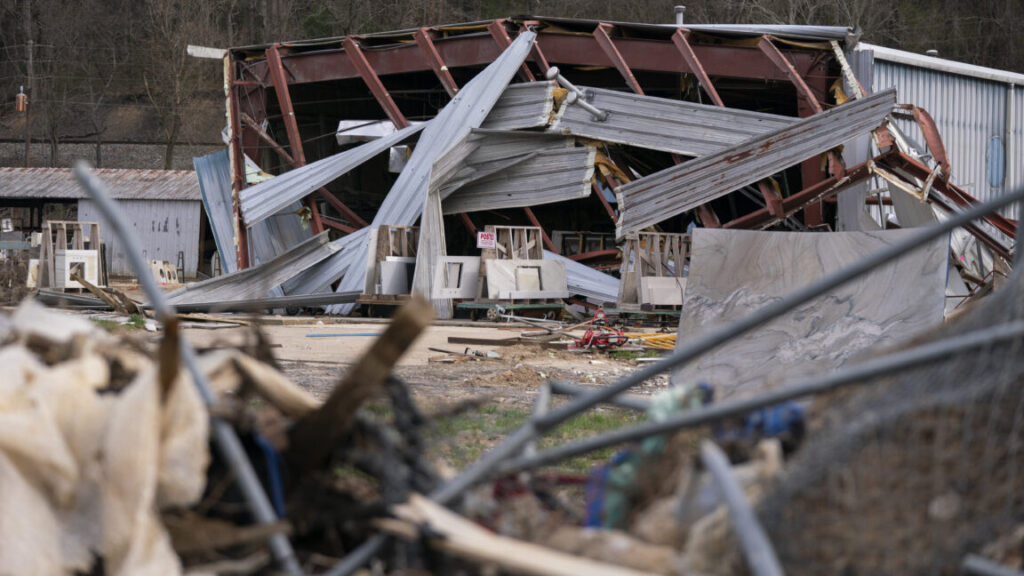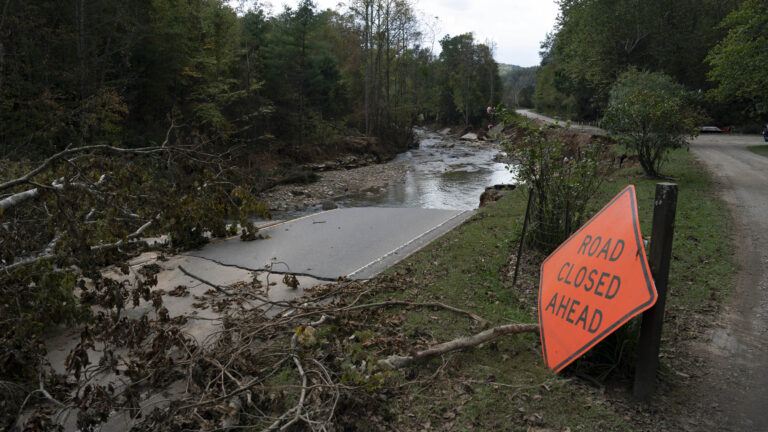America’s fragile drug supply chain is extremely vulnerable to climate change
Vulnerabilities
Using data from the Food and Drug Administration, the researchers identified 10,861 drug facilities that were active for at least one year between 2019 and 2024. These facilities represent the array of manufacturing stages of a drug, from analyzing raw drug materials, to manufacturing active ingredients, to packaging drug products. The researchers then looked at the county location of each of these facilities and whether any federally declared weather emergencies occurred in those counties during the period. Weather-related emergencies included those from fires, hurricanes, storms, tornadoes, and floods.
During the six-year span, 6,819 facilities (63 percent) faced at least one weather-related emergency. Per year, an average of 2,146 facilities (33 percent) experienced such an emergency.
The researchers noted that there was no statistically significant difference in the likelihood that counties with or without a drug facility would experience a weather-related emergency. That is, it’s not the case that drug facilities have been built in areas uniquely vulnerable to climate-related disasters.
Still, with a third of US facilities at risk of weather disasters each year, the study clearly shows how fraught it is to have flimsy supply chains—like having a single plant produce 60 percent of the country’s supply of an essential drug product.
“These findings underscore the importance of recognizing climate-related vulnerabilities and the urgent need for supply chain transparency, for strategic allocation of production, and for disaster risk management strategies to prevent health care disruptions in the US,” the authors conclude.
America’s fragile drug supply chain is extremely vulnerable to climate change Read More »

